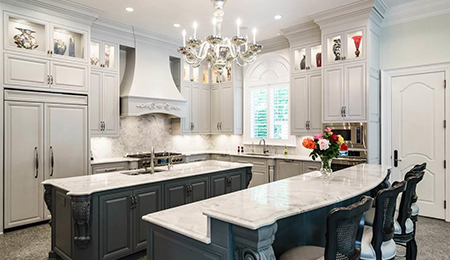Today I’m joined by Randy Paquette of First Choice Radon to discuss what you can do to prevent radon from seeping into your home.
As a gas, radon is the leading cause of lung cancer in the U.S. among non-smokers. It also kills more people annually than breast cancer, colon cancer, and prostate cancer combined.
The good news is, radon is easy to test for, and you can do it with several different monitors. Randy suggests that you test for radon annually, even if you have a radon system already installed in your house. If you don’t have access to professional radon testing, you can use a home kit. Home kits take about 48 hours. After the test is done, you send the kit to a lab, which then sends you back your results.
If your numbers come back a little high, you should have a professional then test your home so you know exactly what the levels are. Once you know what the levels are, the next step is to mitigate them. If you have a basement or a slab home, they create a vacuum under your home using a sub-slab system (or “fan system” as some call it), which sucks the radon out before it can get inside.
“IN THE LONG RUN, THE COST OF PROTECTING YOUR FAMILY FROM RADON IS WORTH THE INVESTMENT.”
If you have a crawl space home, this process takes a little more work, so the cost is a little different. Basement and slab-home mitigations cost about $1,300, but the system itself should last anywhere between 10 to 30 years, so the annual cost is negligible. It only costs about $2 per month to operate the system, which is also a negligible amount.
A single test costs roughly $150. North Carolina is what’s referred to as a “red state,” meaning homes here typically have higher levels of radon in them, so $150 is a sensible investment to protect your family from something as potentially dangerous as radon is.
If you have any more questions about radon or radon testing or you have any other real estate needs I can assist you with, don’t hesitate to reach out to me. I’d love to help you.



